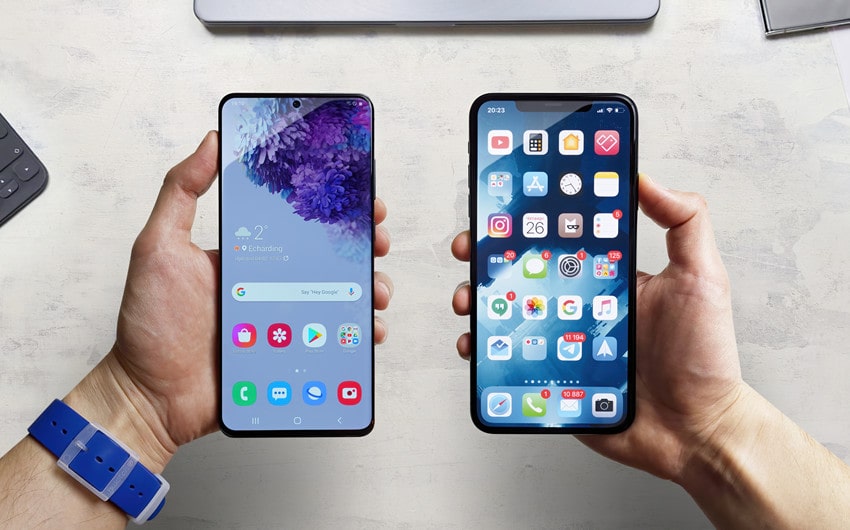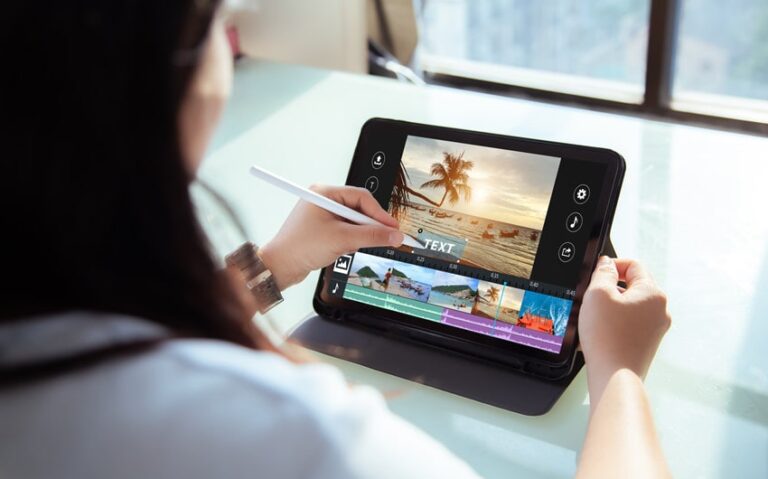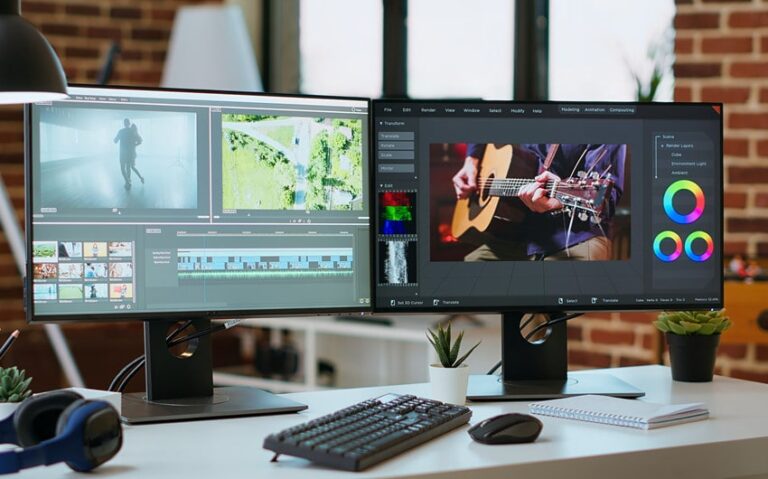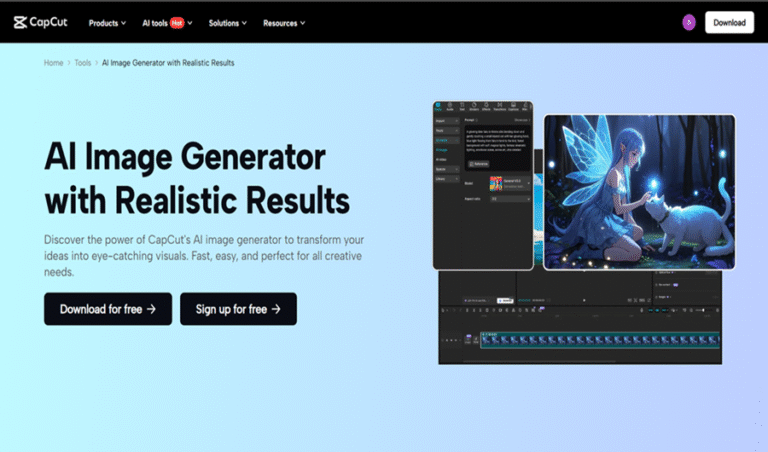iPhone vs. Android in 2025: Is the Gap Getting Bigger or Smaller?
If I were to ask you which two smartphone operating systems you know about, your likely answer will be Android or iOS – they are just so dominant.
I’ve been seeing competition for years between only these two ecosystems, copying the good stuff from each other, and pushing endless debates among tech enthusiasts.
But as we move into 2025, a question lingers in my mind: Are the differences between the two increasing, or are they trying to converge in features, capabilities, and user experience? I think it’s the latter.
But there is a lot more to it. So, join me as I unfold the details of this prolonged debate and try to settle it.
Market Share of Android and iOS in 2025
Currently, Android holds the lion’s share of the global market with a whopping 71.42% market share, while iOS has a smaller but significant slice at 27.93%. However, the expected growth rates are what I found more interesting:
• Android is expected to grow 2.5% year-over-year in 2025
• iOS isn’t far behind, with a projected growth of 1.8% globally
I think Android is more accessible and affordable, but Apple is still able to maintain its fierce loyalty among its fans, specifically in North America and parts of Europe.
But does market share alone dictate which ecosystem is “better”? I don’t think so.
User Experience and Interface
While market share offers a macro-view, what really matters is the user experience each ecosystem provides.
iOS Experience
Being an iOS user since the iPhone 7, I know that Apple’s design philosophy has always revolved around simplicity. That point is proven through innovations like dynamic widgets and streamlined navigation. Apple continues to focus on making the user interface as intuitive as possible. I think iOS is a well-organized library, where everything is easy to find and aesthetically pleasing.
The best part is that Apple offers major OS upgrades for five to six years, which is great for people who like to use their devices for a longer period.
Over-The-Air (OTA) updates make the whole process seamless, as long as you have a fast and reliable internet connection, like the one offered by Spectrum. If you need to upgrade your internet connection, feel free to dial the Spectrum customer service number to talk to one of their representatives, who will help you pick out a plan based on your needs.
Android Experience
On the opposite side of things, Android takes a more flexible approach, which I like.
Google’s Material You design is built for customization, and it enables Android users to create personalized home screens, tweak themes, and even adjust app interfaces to reflect their style. It’s going to a heaven for you if you like to do things your own way.
However, since Android has multiple versions, with each brand offering its own flavor of Android, software updates are generally slower and infrequent.
Anyhow, who is the winner? I can’t answer that for all of you, as it depends on your preference. However, I’d say that iOS excels in simplicity, while Android’s adaptability wins over tinkerers.
Security and Privacy
I think iOS is the clear winner here, but let’s just talk.
iOS Security
One of the unique selling propositions of the iPhone is its ability to keep your things private. And Apple has been marketing exactly that.
I love features like App Tracking Transparency and on-device processing that prevent apps from unnecessarily harvesting my personal data. However, users at the June 2024 WWDC noted that features like “Priority Notifications” still need more practical refinement in their execution.
Android Security
On the other hand, Google, too, is doing a fine job of making Android a secure operating system.
How?
A revamped privacy dashboard, coupled with clearer app permission controls, has made significant progress. On the other hand, ongoing incidents like malicious apps in Finland targeting financial data show that the problem is still there.
Price and Affordability
Here’s where Android and iPhone differ most clearly.
iOS Affordability
Apple recently introduced the iPhone 16E at a starting price of $599, a “budget-friendly” option (pun intended with the quotes) for Apple enthusiasts. While it’s more affordable than flagship models, iPhones still carry a premium price tag, especially compared to many Android counterparts.
Android’s Range
Whether you’re looking for top-tier flagships or entry-level devices, Android has you covered. Starting from as low as 200 bucks, brands like Samsung, Xiaomi, and Realme continue to serve budget-conscious users.
For those with limited budgets, Android’s variety is unmatched. And for those who want cutting-edge specs without breaking the bank? Android still takes the prize.
App Ecosystem and Services
Apps are the backbone of any smartphone experience. How do these platforms fare in 2025?
iOS Apps
In my opinion, Apple does great by maintaining quality control over the apps in its App Store. And it offers highly polished, exclusive apps that often work seamlessly, unlike some Android apps (and if you guessed Snapchat, you were right).
Android Apps
On the flip side, Android’s Google Play Store offers a big fat list of apps, with considerably more free options, but not all of them are great and polished like apps from the Apple App Store.
Not to forget, Android supports third-party app stores too, which gives exclusive flexibility to users. Casual gamers and experimental app users often find Android’s ecosystem a playground for innovation.
Final call? Apple dominates in quality, but Android wins for diversity and accessibility.
Addressing the Elephant in the Room: Is the Gap Getting Bigger or Smaller?
Now, to the big question: Are iPhone and Android further apart, or are they closing the gap?
The gap isn’t necessarily getting bigger or smaller – it’s evolving.
Both iPhone and Android are improving with each update. To cut it short, the bottom line is that it comes down to subjectivity. Android could be perfect for me, but not for you, and vice versa.







